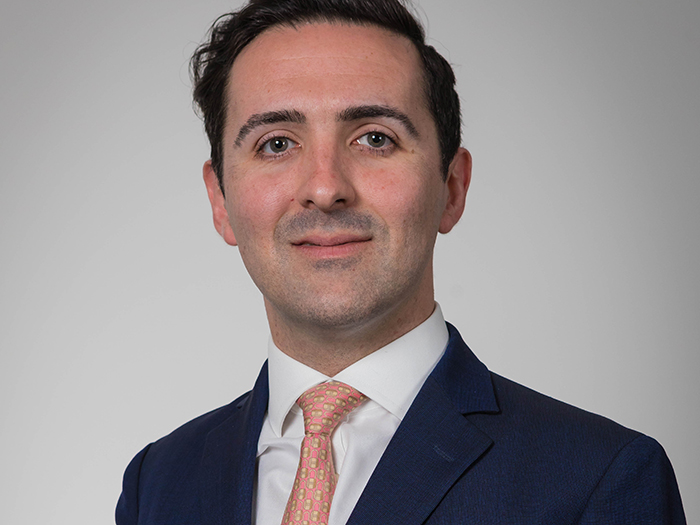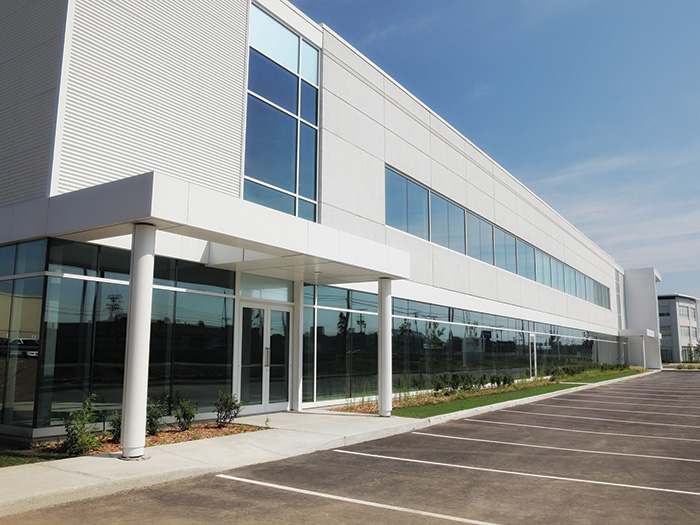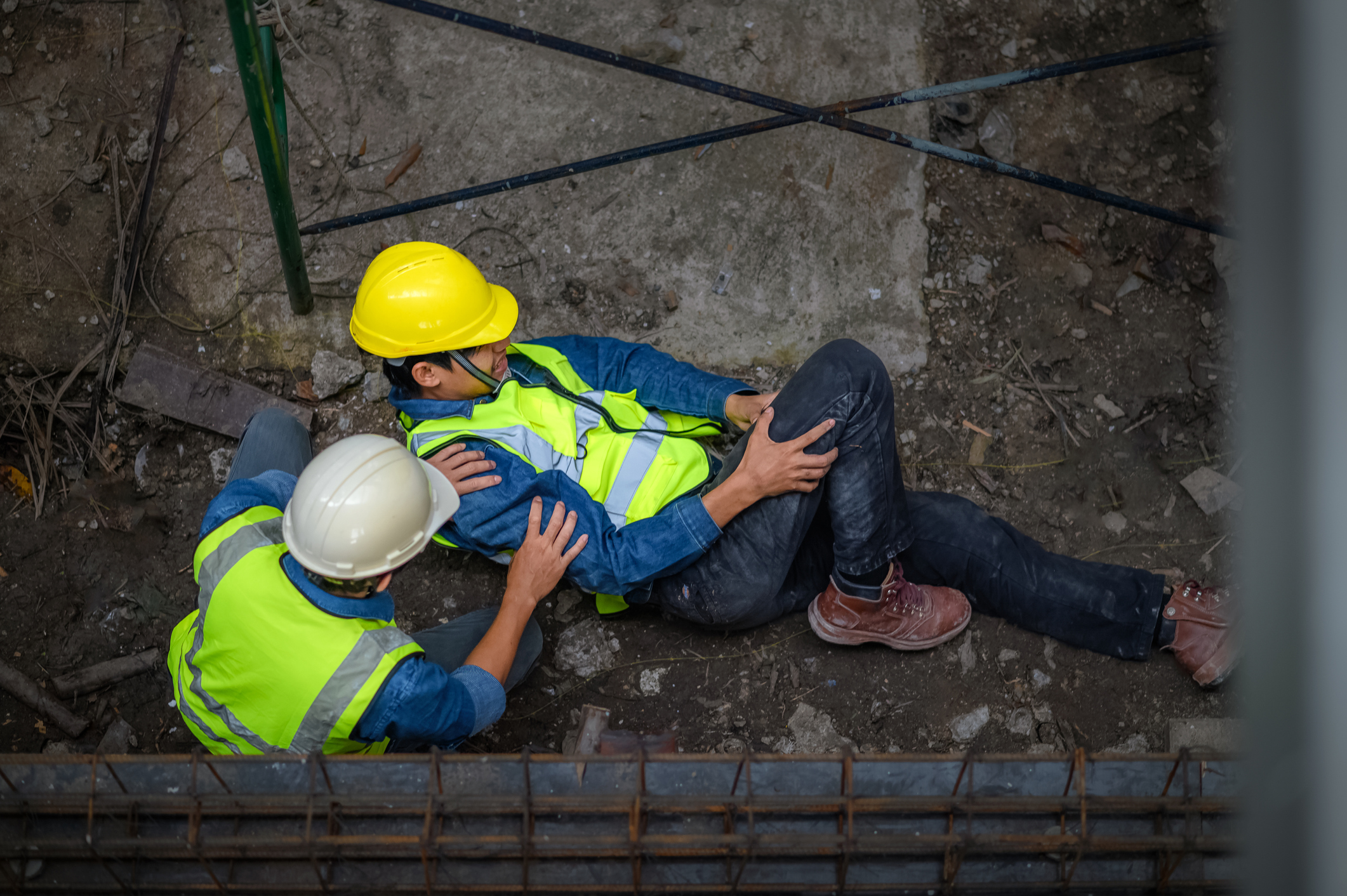4 Questions for Adam Reed, Global Leader of Offshore Renewables and Upstream Energy at Allianz Commercial

The Global Wind Energy Council (GWEC) expects 380GW of offshore wind capacity to be added across 32 markets over the next 10 years. Nearly half of that growth is expected to come from the Asia Pacific region, followed by Europe, 41%; North America, 9%; and Latin America 1%.
Allianz Commercial recently issued an overview of global offshore wind development with some insights to the insurance and risk management implications of such a massive global effort. The company’s perspective comes from being both an underwriter and an investor in multiple projects.
Spiraling costs have halted major wind projects in recent months and the industry is afflicted by inflation, capital expenses, rising interest rates and geopolitical instability, according to Allianz. The costs of materials and vessel hire have risen with inflation and because of ever-larger wind turbines. Supply chain bottlenecks, lengthy permitting procedures, and delays to grid connections are also bringing pressure to bear.
Supply chain diversification is likely to become a priority to strengthen local supply chains and avoid over reliance on certain markets, particularly China, which currently produces around 60% of onshore and offshore nacelles (the heart of a turbine that houses key mechanical and electrical equipment), gearboxes, generators, castings, towers, and flanges.
The increasing size of wind turbines is perhaps the most striking change the industry has seen in recent years. In the last 20 years, they have almost quadrupled in height, from around 70m (230ft) to around 260m (853ft) nearly three times taller than the Statue of Liberty.
Allianz’s investment portfolio includes more than 100 wind farms and solar parks around the world, including some of the largest offshore wind farms in the world such as Hollandse Kust Zuid (HKZ) 1-4 in the Netherlands and He Dreiht in Germany.
Risk & Insurance spoke with Adam Reed, global leader of offshore renewables and upstream energy at Allianz Commercial.
Risk & Insurance: Noting that cable and turbine damage have been the primary types of losses for OSW, are design, engineering, and installation of those components being modified to reduce damage?
Adam Reed: Well, it must be noted that one of the main reasons that cables and turbines suffer the most losses is because those are the things that there are the most of. But to the main point of your question, yes, those losses have driven change.
Early on, there were more [different] designs and [approaches to] installation. More recently those have become more standardized both in the processes. That is reflected in marine warranty and in surveyors’ scope of work.
Local and regional manufacturing facilities are starting to open [especially along the U.S. Atlantic seaboard], so I would imagine that with more loading and unloading there may be an uptick in incidents. Farther out, there are plans for floating turbines to a major part of offshore wind on the West Coast [where the near-shore ocean floor is too deep for fixed towers]. We have not yet seen the long-term effect of dynamic cables.
R&I: In our initial reporting on offshore wind power, one of the largest challenges seems to be the lack of models for large structures off the North American East Coast. There are plenty of weather models for the Eastern Seaboard, and plenty of models for oil and gas platforms in the Gulf of Mexico, but not much overlap. Can Big Data and artificial intelligence help?
AR: Gulf of Mexico platforms have been there for many years and are well known. The frequency and severity of storms in the gulf is usually greater than along the East Coast, but with global warming that may be changing. But at present, the impacts are well understood, especially wave heights.
Things will be different for offshore wind. There are only 42 megawatts of turbines installed, whereas the goal is to have 30 gigawatts in place by 2030. We don’t have historic data for that. There have been turbines in the North Sea for some time, and the North Sea is known as frequently stormy, but they don’t usually get the higher-scale wind speeds. Maybe a category-one hurricane.
For U.S. offshore wind, everything has to be based on engineering data and calculations. We are not going to understand fully until these things are installed and have withstood some storms.
R&I: Another difficult area is supply chain. Some U.S. offshore wind projects are already being delayed. Beyond business interruption and delay-in-startup coverage, not all logistics exposures and potential losses are insurable. Do board rooms and C-suites understand that the extra costs of robust supply chains with redundancy are a form of insurance?
AR: We emphasize the importance of having enough parts and supplies on hand. That extends to arrangements for vessels as well, if not under charter then at least having framework arrangements in place. Cable is a real issue these days. Lead times for major equipment such as gearboxes or bearings can be years long.
Project managers have to be on top of inventory, arrangements, and staffing levels. We encourage as much engagement as possible among owners, project managers, brokers, and underwriters. We have lots of experienced engineers on our staff that can provide insight.
R&I: What other aspects of the report do you want to stress? Were there any surprises?
AR: Offshore wind power, and insurance for it, have historically been a European base. That can’t simply be shifted to North America. Vessel supply, for example, is challenging. The Jones Act means that only U.S.-flagged vessels can transport goods domestically, so foreign-flagged turbine installation vessels have to stay on site while Jones Act-compliant vessels bring components and workers from the staging ports.
Grid interconnection is also a challenge, bringing large new sources of power into the grid that was not designed for them. For owners and their insurers offshore wind involves significant operations that come with complex and interrelated risks. &










